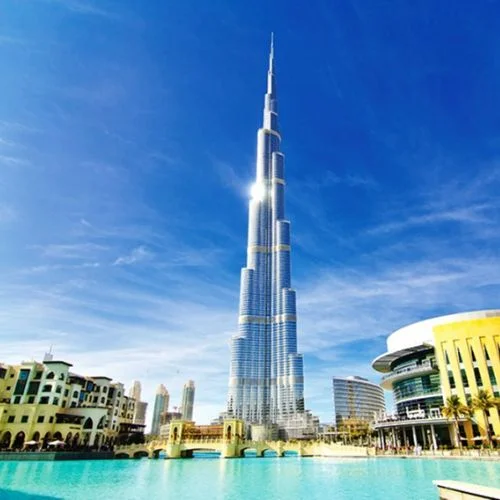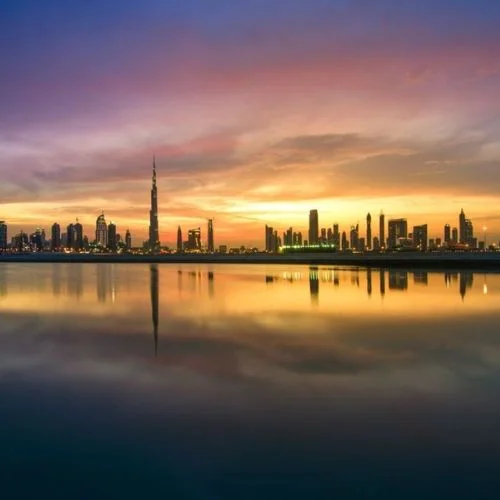What comes to mind when you hear the word Khadi? For many of us, images of Bapu may spring to mind, while for others, images of freedom fighters may. However, it is difficult to comprehend what Khadi was and how it came to be so well-known. Let’s dive back into the sea of history where we will get all our answers. The term “khadi” is used to describe cotton textiles that are handwoven. Khadi resembles an extremely old and lengthy past that glorifies itself. All of the Indian freedom warriors originally drew inspiration from Khadi. It symbolized the great might of the Indian people united against British rule. From the time of the liberation struggles until the present, khadi has managed to stay relevant in Indians’ minds.
The Indian National Congress first used Khadi as a political tool in the nation in 1920, but it quickly gained popularity as one of the most comfortable fabrics thanks to its exceptional capacity to keep wearers cool in the summer and warm in the winter. The more you wash Khadi the better it becomes in looks. Khadi dates back to the Indus Valley Civilization, where evidence of spinning wheels, cotton production, bone tools for weaving, and other things can be found.
Gandhiji made khadi a representation of independence and self-reliance starting in the pre-independence era. At the time, khadi was the only cloth that employed a sizable number of people. 2 lakh persons were reportedly employed by khadi in the years before independence. Indians began to boycott imported textiles as a result, and a newfound sense of national togetherness spread over the entire nation.
KHADI IN THE PRESENT INDIA
In modern India, it still upholds an elegant and devout image of its own. which is still popular among most Indians today, represents harmony between tradition and modernity, between the old and the new. Khadi appears to be traditional, but it easily adapts to modernity and produces a completely new item of clothing. Brands like Fab India, KVIC, and Nature Alley presented khadi in a reimagined manner. All of these illustrate the significance that Khadi continues to hold in society. India observes Khadi Day on September 19 each year. To transform khadi into a fashionable fabric and change its reputation for being a dull material, designers have been working nonstop.
In addition to providing work for many of these craftspeople, artisans in the manufacturing units of Khadi also employ a significant number of women, demonstrating the value of the female labor force to our economy. Gandhiji coined the phrase “Khadi Economics,” which refers to national development with participation from all citizens. He suggested using Khadi as a means of eradicating poverty, and diseases, and as a source of joy and contentment. There are numerous initiatives underway right now to give khadi the recognition and acclaim it has long deserved. From being used as a political tool to the star of the biggest fashion houses in India. Khadi has gone a long way though.
KHADI: THE FRIEND OF NATURE
From the process starts Khadi is made in an eco-friendly manner until the final product is made. It’s one of the most environmentally friendly textiles that the world has.No electricity is used for its production, thus implementing a very low carbon footprint.
One meter of khadi fabric uses three liters of water, compared to 55 liters of water for one meter of fabric made in a mill. It does not produce any chemical or fertilizers waste as well. To color the clothes made from Khadi, artisans at present use natural dyes which makes this textile the most eco-friendly of all.
KHADI UTSAVA 2022
As we are celebrating 75 years of Independence, Khadi Utsav has been organized in Gujarat. Being one of its kind this event is organized under the Centre’s Azzaadi ka Amrit Mahotsav celebration. The Mahotsav is also featuring an exhibition on “ Evolution of Charkahas” that shows 20 unique Charkhas which are being used to work since 1920. There are many of the charkhas in the exhibition that was used by Gandhiji and his disciples.PM Modi inaugurated the Khadi Utsav and addressed the nation to signifying the growth of Khadi and its importance in the development of the Indian Economy and middle class.
At present 14.97 lakh, people work in the khadi industry, which produces 111.49 million square meters of khadi annually. While attending the event PM Narendra Modi told about the importance and role that khadi plays. He also bought the attention of Indians to use as a symbol of transformation and fashion. Apart from it how Khadi alone can play a big part in achieving good export potential in textiles was told by the PM. Khadi production has increased four times since 2014. The Khadi and Village Industries Commission has proposed a new scheme in 125 blocks of India which will help India with the development and elusive growth in the sector. The MSME ministry has plans to open Khadi Gramodyog Bhawans in Australia, Germany, the United Kingdom, the United States of America, Canada, Dubai, and Singapore, as well as to set up exhibit windows at Indian missions abroad.
At the summit, it was also told that Khadi Sansthan will be upgraded with the newest technology and Charkas. To increase the workforce and participation of women in the sector 300 more Khadi Sansthan will be built. It is also estimated around 1 lakh modern charkas will also be distributed in the Khadi Sansthan to promote the usage of Khadi. Khadi Utsava 2022 also highlighted the benefits which entail as a cloth the focus was on Khadi being a very sustainable and environment-friendly cloth.
Before ending this article, I want to make a particular request to our devoted readers: Please support local companies and artists foremost. I hope you enjoyed the article. We ourselves must take a leadership role in preserving our culture, including Khadi, our customs, and our artistic creations. We should initially support our local retailers and artists by making purchases from them and not importing items from other nations. This will help us to attain the success we have been deprived of and it will give khadi the name that it was deprived off since years.















